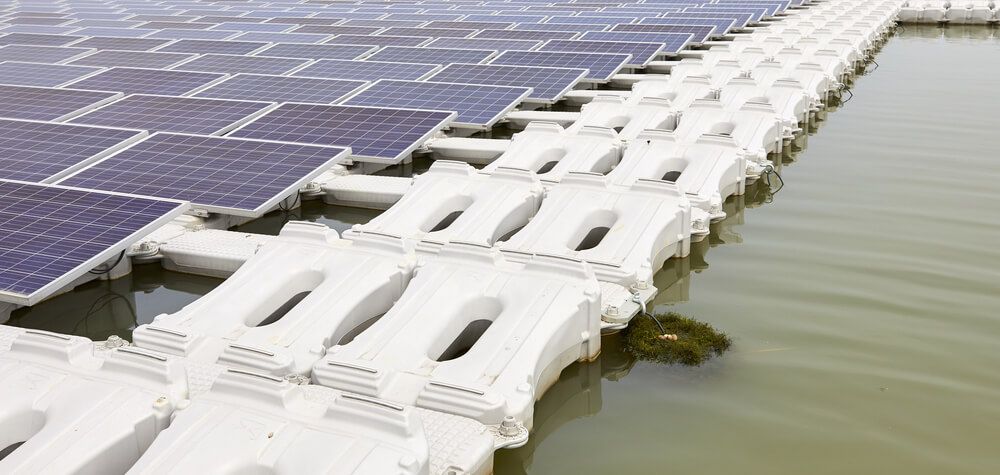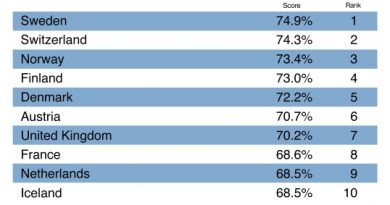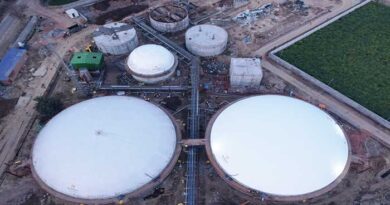Deadline extended. 150 MW floating solar at Rihand Dam
 Another use for Water
Another use for Water
The Rihand Dam remains the largest dam in India by volume, when considering by reservoir volume. The dam, which has had its own brush with controversy thank to the high alkalinity of its water, caused in part by the run off from the many thermal power plants in its catchment area, will be 60 years old in 2022. This high alkalinity has caused problems for soil irrigated by the dam waters, by increasing alkaline content there. The reservoir is also known by its more popular name, Gobind Ballabh Pant Sagar. A floating solar plant certainly seems like a great idea, assuming the numbers work out. The grid connected plant when made will vie to be among the largest of its kind in the world.
The plan to create a floating solar plant of 150 mW (3X 50 mw each ) was first floated in April by SECI, and this extension is the second extension of the deadline.
The bid submission deadline has been extended to September 28, 2018 from the earlier deadline of May 31, as the board failed to attract sufficient and appropriate interest.
The floating solar project to be developed at the Rihand Dam (also known as Govind Ballabh Pant Sagar Reservoir) in Uttar Pradesh was tendered by SECI in March this year with a May 31 deadline. However in April, SECI increased the capacity of this floating solar project tender from 100 MW to 150 MW and fixed ₹3.50/kWh as the upper tariff ceiling for this tender.
Allowing a single bidder to bid for a minimum 50 MW and a maximum 150 MW capacity. The successful developers will enter 25-year Power Purchase Agreements (PPAs) with Uttar Pradesh Power Corporation Limited (UPPCL). The techno-commercial bids will open on 1st October, 2018 after the initial bids are processed. SECI have claimed that the deadline has been extended due to some amendments that are being made to the tender, however, early assumptions suggest the board is looking to figure a way around the solar safeguard turmoil and developing interest from prospective bidders in floating solar projects.
Every bidder will be required to submit an earnest money deposit of ₹8,00,000 per MW per Project along with the Response to (Request for Selection) RfS. A Single Stage Two Envelope Bidding Procedure will be adopted for the award of the tender.
Recently, SECI slashed its solar manufacturing tender size from 5 GW to 3 GW and curtailed the minimum bid capacity from 1 GW to 600 MW.
Changes to the bid conditions, will be communicated on the SECI or TCIL sites soon.
When completed, the floating plant will easily be the largest of its kind in India, as the largest floating solar plant currently is the newly inaugurated 2 MW Mudasarlova plant at Visakhapatnam.
Floating solar plants, by their very nature, can be difficult to set up, though they promise benefits in terms of higher efficiencies, zero land usage, controlling evaporation and more. Considering the issues involved and the scale, the Rihand Dam project could comfortably slip over to 2020 by the time it is completed. Interestingly, the plant will go head to head against the largest plant currently in China, another 150 MW set up, which was made on the ‘lake’ formed by a collapsed coalmine. Talk about irony!




